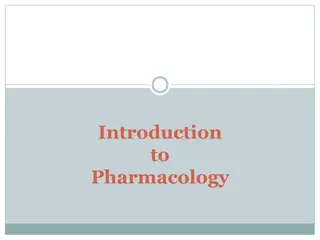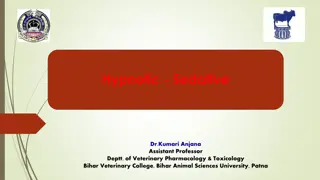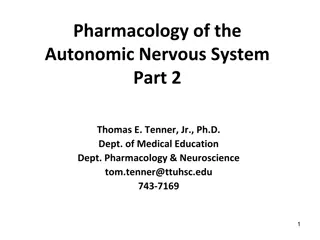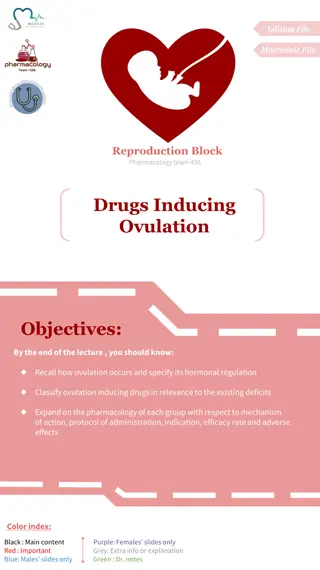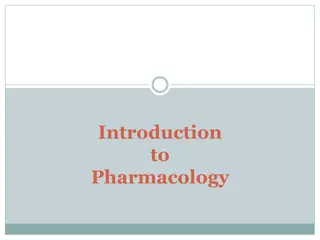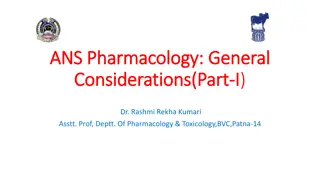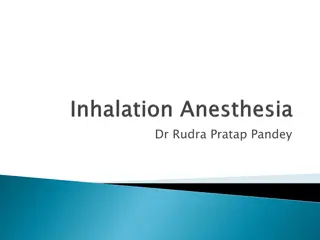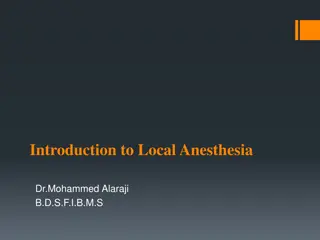Practical Pharmacology of Local Anesthetics
Local anesthetics block nerve conduction, with different types such as Ester (e.g., Benzocaine) and Amide (e.g., Lidocaine). Learn about delivery techniques, effects of vasoconstrictors, and common agents used in anesthesia practice.
Download Presentation

Please find below an Image/Link to download the presentation.
The content on the website is provided AS IS for your information and personal use only. It may not be sold, licensed, or shared on other websites without obtaining consent from the author.If you encounter any issues during the download, it is possible that the publisher has removed the file from their server.
You are allowed to download the files provided on this website for personal or commercial use, subject to the condition that they are used lawfully. All files are the property of their respective owners.
The content on the website is provided AS IS for your information and personal use only. It may not be sold, licensed, or shared on other websites without obtaining consent from the author.
E N D
Presentation Transcript
Department of anesthesia Practical pharmacology Dr. zaidoon abd alwahab altahan Local Anesthesia Altahanzaidoon@gmail.com
LOCAL ANESTHETICS Local anesthetics block nerve conduction of sensory impulses and in higher concentrations block motor impulses from the periphery to the CNS. Delivery techniques include topical administration, infiltration, and perineural and neuraxial (spinal, epidural, or caudal) blocks The most widely used local anesthetics are bupivacaine, lidocaine , mepivacaine, ropivacaine and tetracaine
Local anesthetics cause vasodilation, which leads to a rapid diffusion away from the site of action and short duration when these drugs are administered alone. By adding the vasoconstrictor epinephrine the rate of local anesthetic absorption and diffusion is decreased
Type of local anesthetic Ester type : Benzocaine , Procaine, tetracaine, Amide type : lidocaine, bupivacaine, ropivacaine , mepivcaine and prilocaine


